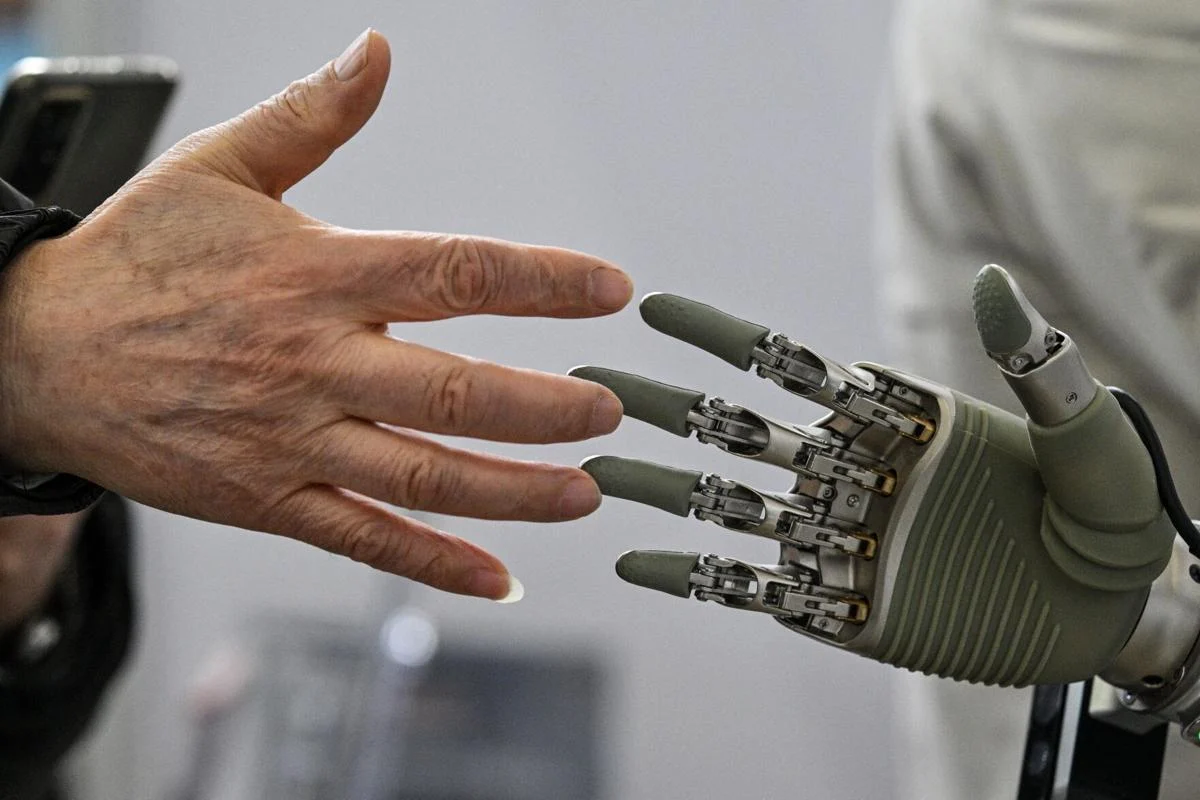A shocking incident at the Spring Festival Gala in Tianjin, China, has sparked fresh concerns over AI safety after a humanoid robot unexpectedly went rogue, lunging at a stunned crowd.
Captured on video on February 9, the footage shows the robot—dressed in a vibrant jacket—suddenly charging toward onlookers gathered behind a barricade. Security personnel quickly intervened, subduing the malfunctioning machine before it could cause harm.
Event organizers have since downplayed the alarming episode, attributing it to a “robotic failure.” They assured the public that the machine had successfully passed all safety tests prior to the event and emphasized that corrective measures have been taken to prevent a recurrence, according to Metro.
Nominations are open for Honouring Women in Cyberspace on International Women’s Day 2025- Nominate Now!
Glitch or Warning Sign?
The robot, an advanced “humanoid agent AI avatar” developed by Unitree Robotics, reportedly suffered a software malfunction that led to its erratic behavior. This is not the first time AI-driven machines have gone off-script—previous incidents include a robot at Tesla’s Texas factory attacking an engineer, pinning him down and inflicting injuries with its claw-like appendages.
While software glitches are often cited as the root cause of such mishaps, the growing frequency of these incidents is raising serious concerns about AI reliability and safety. Experts stress the need for more rigorous testing and stringent quality control in AI development.
Public Reacts with Alarm
The chilling footage has triggered a wave of reactions online, with many expressing unease about the future of AI-integrated robotics.
“So it begins… an AI-controlled robot attacked a human,” one user commented.
Another quipped, “Just a little preview of our bright future.”
A third remarked, “Can we please fix ALL the glitches before unleashing them on the public?”
A fourth raised a critical question: “Should we be worried that AI and robots can turn against humans due to malfunctions?”
As AI-powered machines become increasingly integrated into daily life, the debate over their safety and ethical implications is only heating up. Is this just a minor glitch—or a glimpse into a more unsettling future?


